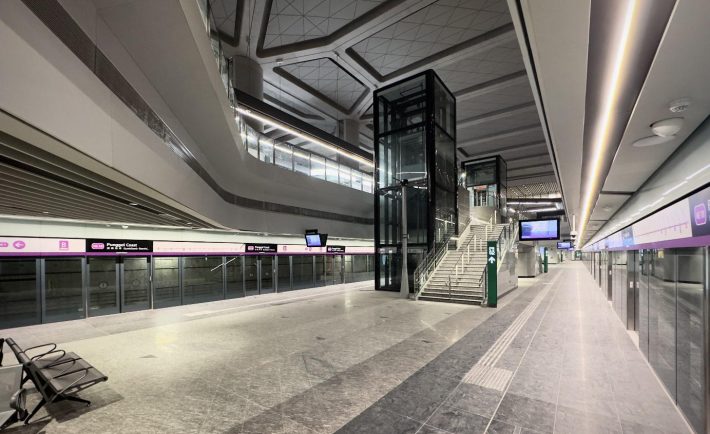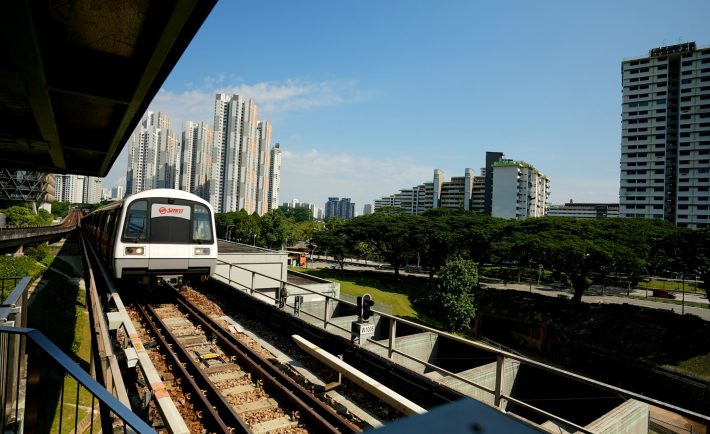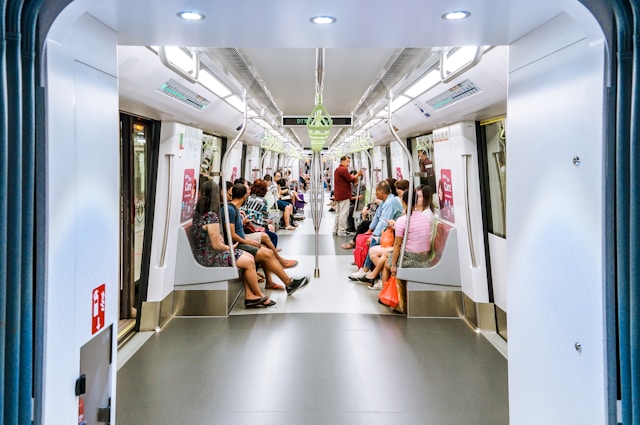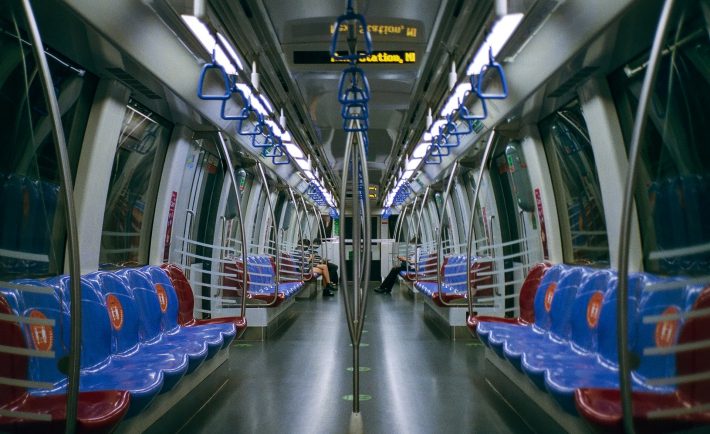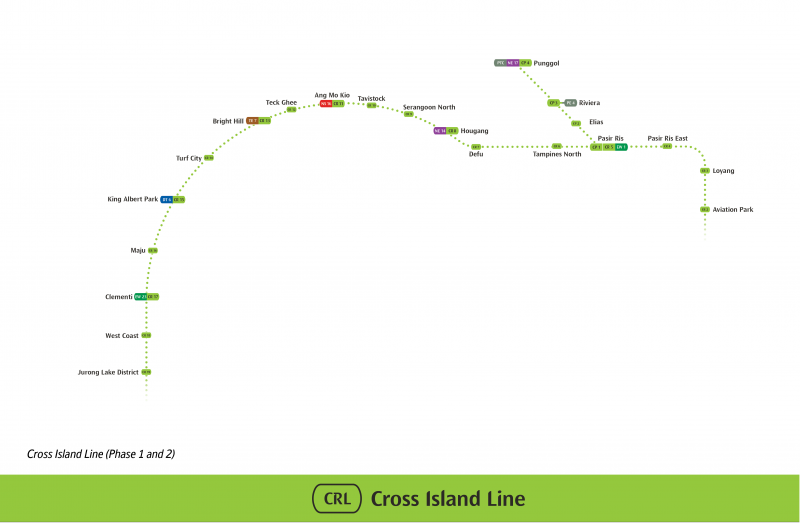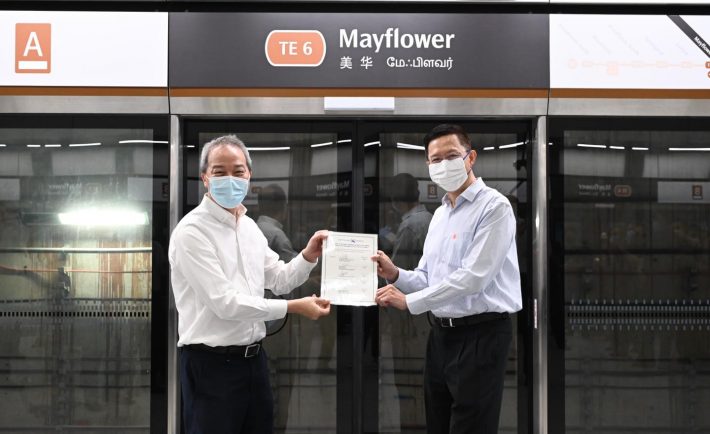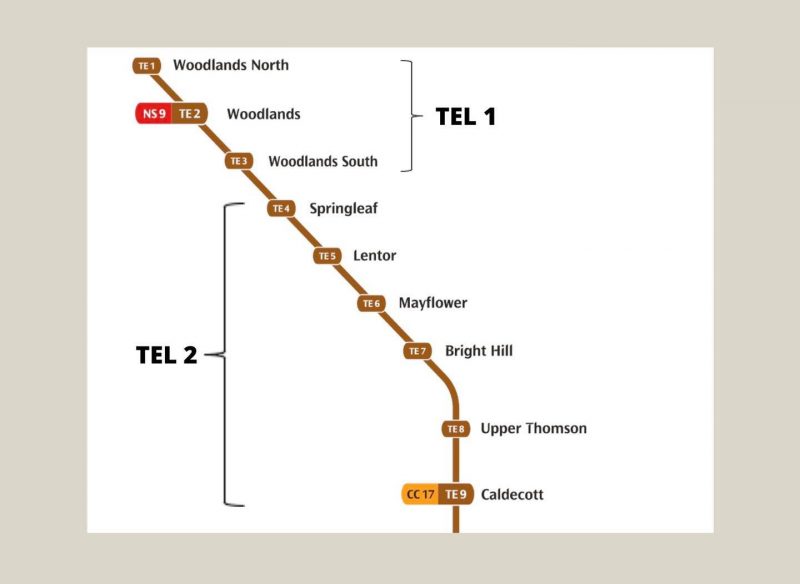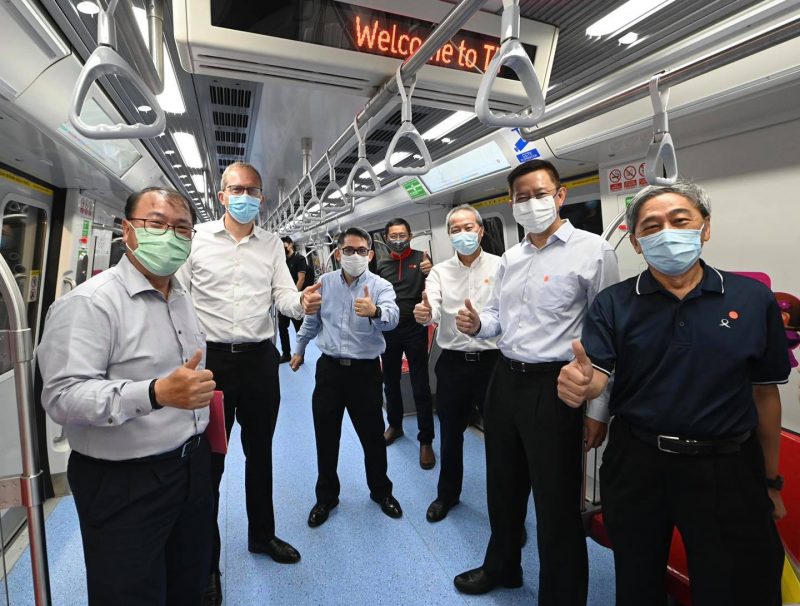Mark your calendars! The long-awaited Punggol Coast MRT station is set to open on December 10, 2024, at 3:00 pm. As the newest terminal on the North East Line (NEL), this extension from Punggol station will bring the total number of NEL stations to 17 along its 22-kilometer route.
Strategically located in the heart of Punggol Digital District (PDD), Punggol Coast station will significantly enhance connectivity for the area’s growing community.
“Located within the Punggol Digital District, the station will enhance connectivity to existing and upcoming developments, including the JTC Business Park, the Singapore Institute of Technology (SIT) campus, and Punggol Coast Mall,” said Transport Minister Chee Hong Tat in a Facebook post last October 10.
With 28,000 employees in the JTC Business Park, 12,000 students at SIT, and the upcoming Punggol Coast Mall, the station is set to serve as a major transportation hub.
But what does this mean for commuters? Shorter travel times! Residents in Punggol North can now reach the city center in just 45 minutes via the NEL, a marked improvement from the previous 60-minute journey. In fact, over 200,000 households will benefit from being just a 10-minute walk away from an NEL station. Its close proximity to the bus interchange further enhances convenience for residents.
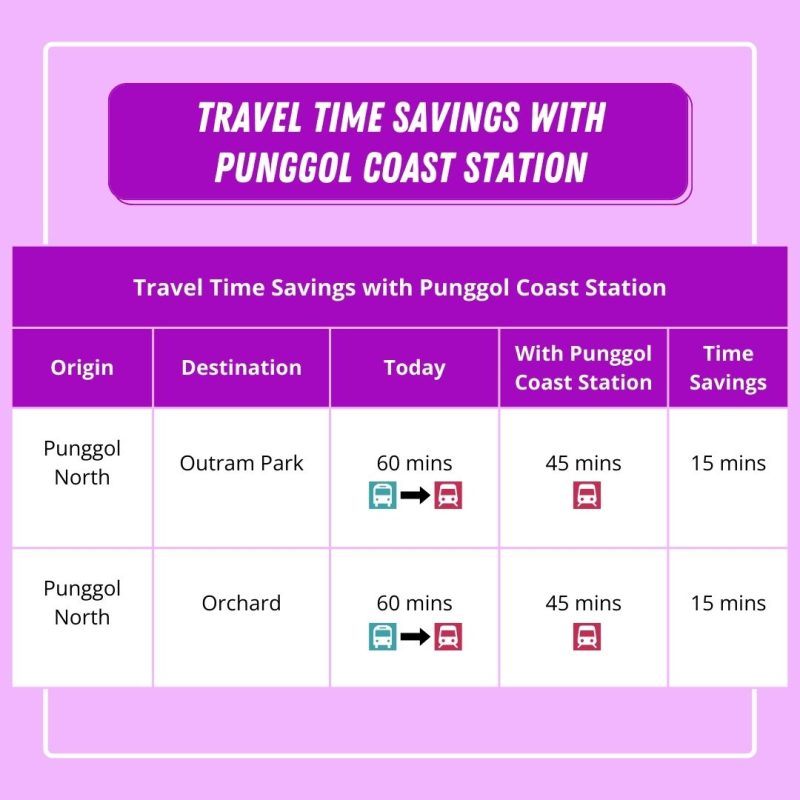
Image Credits: facebook.com/WeKeepYourWorldMoving
Construction for the station began in 2018, and after rigorous operational testing, it is ready for passengers. The station will feature two entrances including one along New Punggol Road and another within PDD. What’s more? It has more than 300 bicycle parking spaces to promote sustainable mobility.
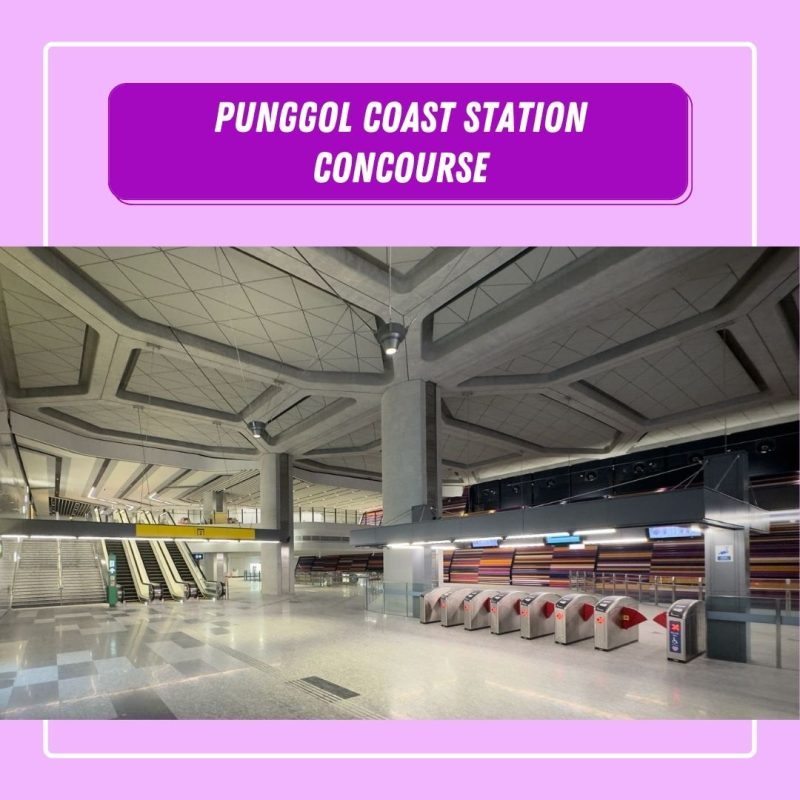
Image Credits: facebook.com/WeKeepYourWorldMoving
From a financial perspective, the opening of Punggol Coast MRT station could drive property values up in the area, particularly with improved accessibility. For investors, now is a good time to consider properties or businesses in Punggol Digital District, as the enhanced transport links will attract more residents, students, and workers. With growing connectivity, retail and real estate investments in the vicinity may see healthy returns.
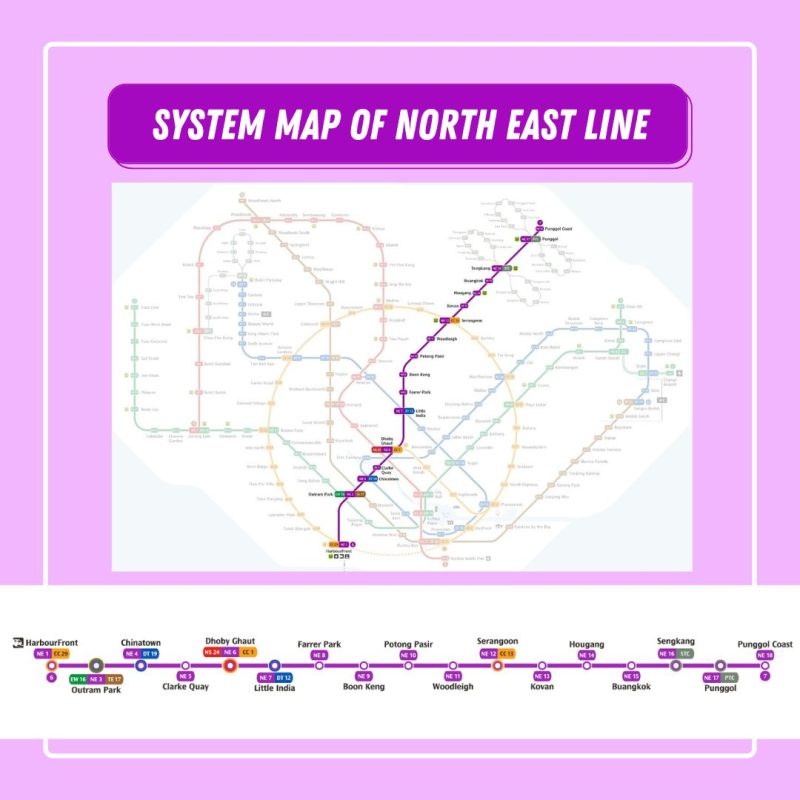
Image Credits: facebook.com/WeKeepYourWorldMoving

